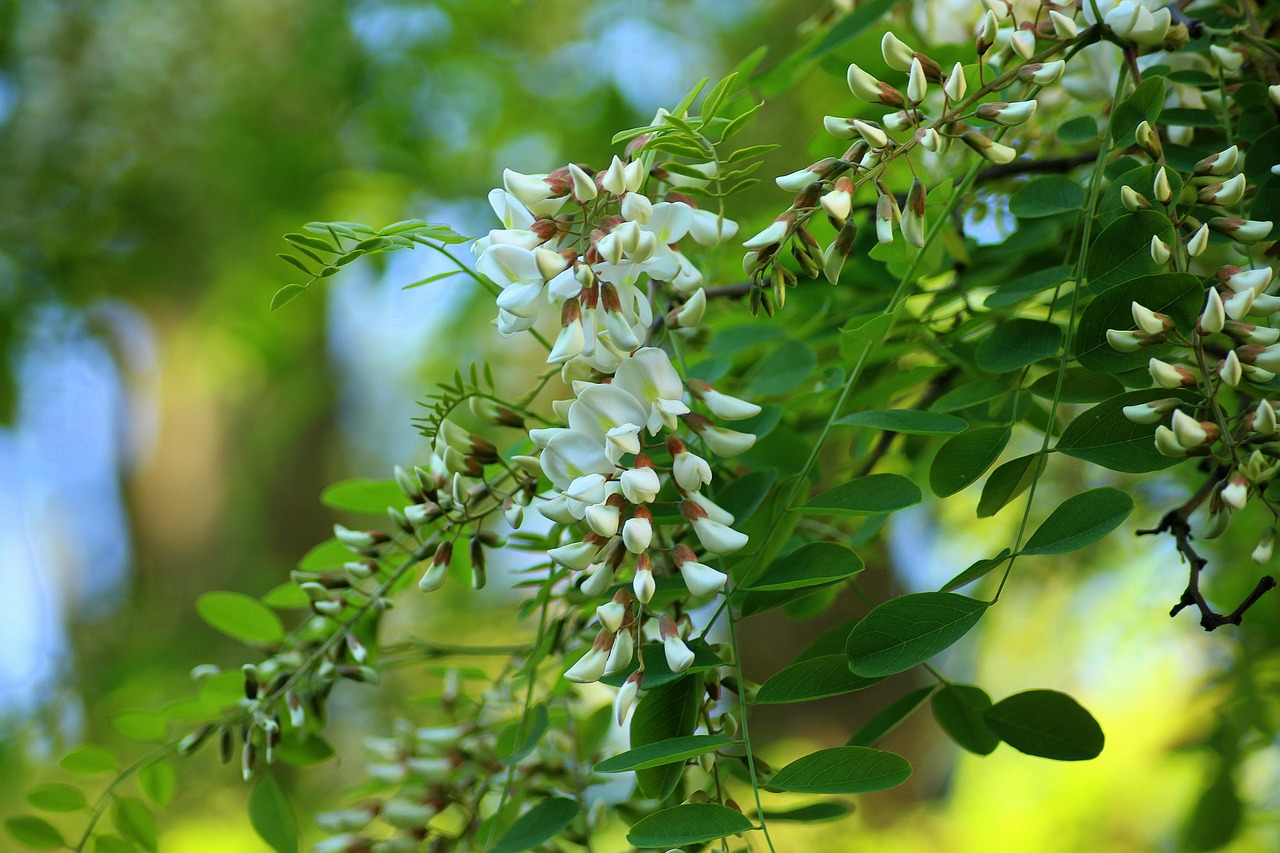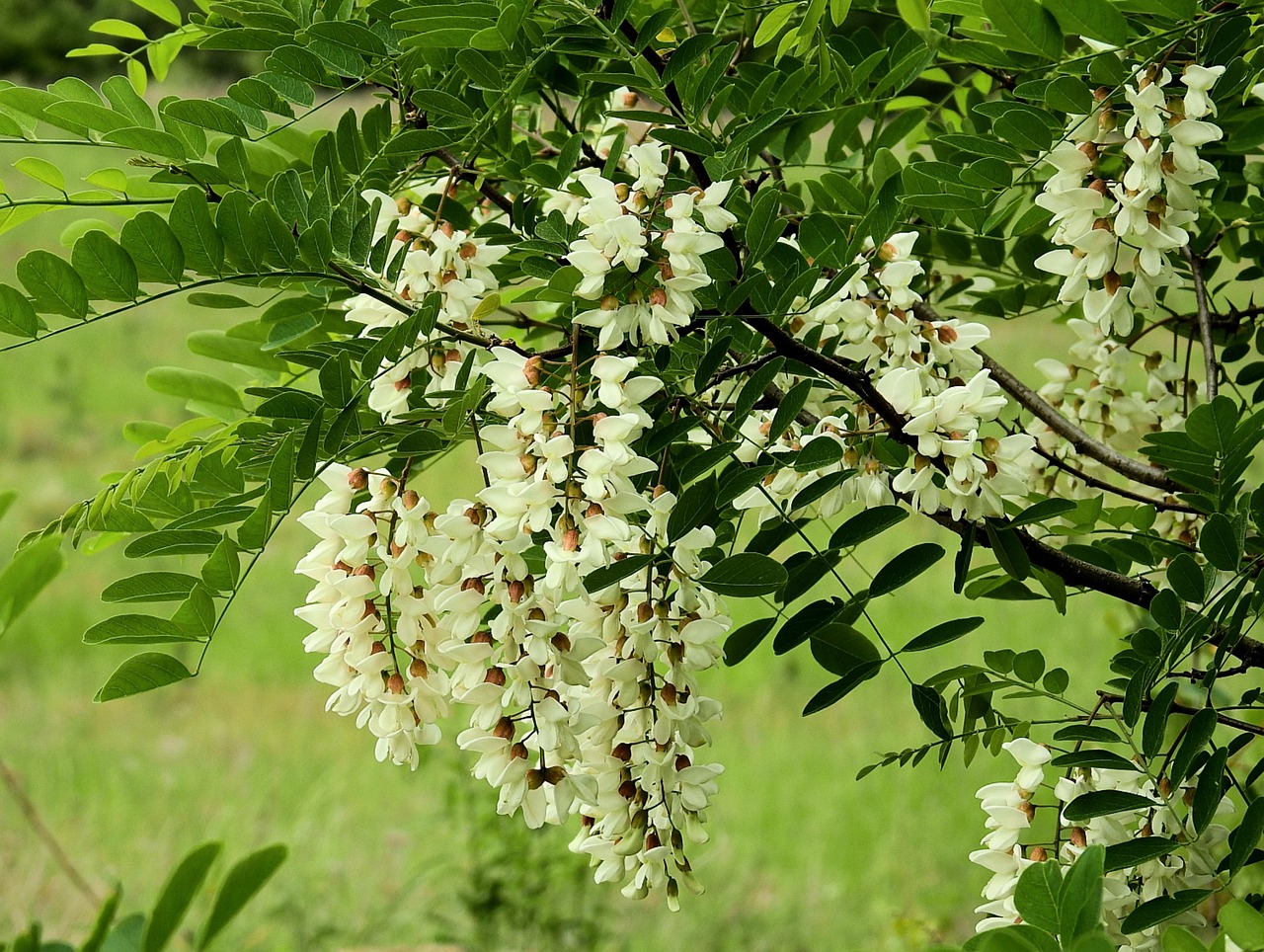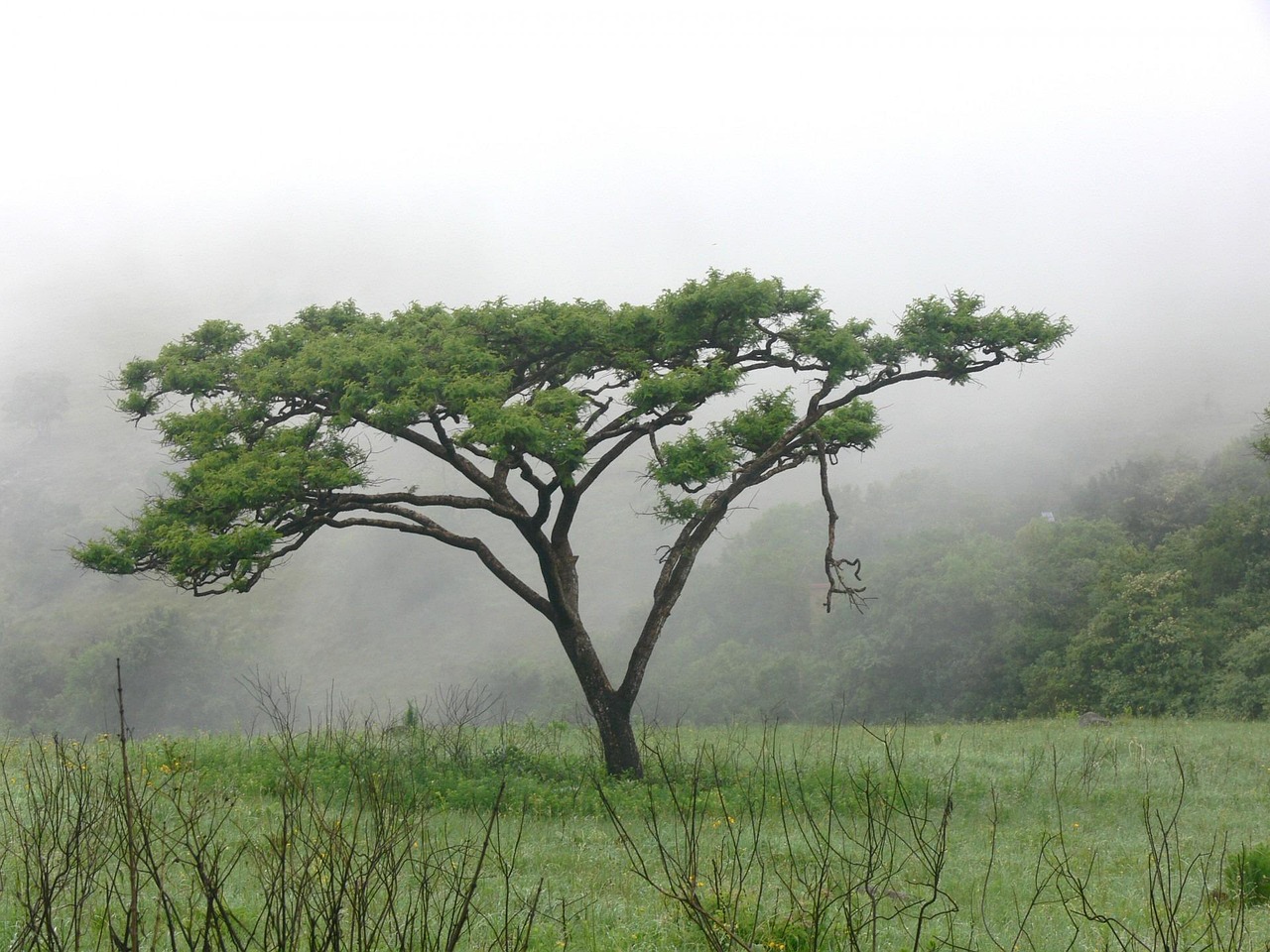Acacia tree wood and its byproducts are highly versatile, used in furniture making, flooring, cabinetry, and as raw material for crafts. Its durability and attractive grain make it ideal for both indoor and outdoor applications. Additionally, the tree’s resin and bark have medicinal and ecological uses.
The Acacia tree, a member of the Fabaceae family, encompasses over 1,300 species. This diverse genus is found across various regions, particularly in Australia and Africa. Known for its rapid growth and hardiness, Acacia trees thrive in different climates. Their wood has garnered a reputation for being strong, resistant to wear, and aesthetically pleasing.
One of the standout features of Acacia wood is its rich color, which can range from light honey to dark brown. This natural beauty makes it a preferred choice for artisans and manufacturers alike. Its fine grain structure also allows for intricate designs, enhancing the appeal of various products crafted from it.
Common Uses of Acacia Tree Wood

Acacia wood serves multiple purposes in different industries. The following are some of the most common uses:
- Furniture Making: Acacia is widely used to create beautiful furniture pieces, including tables, chairs, and cabinets.
- Flooring: Its durability makes Acacia an excellent choice for flooring, especially in high-traffic areas.
- Cabinetry: Many kitchens feature cabinets made from Acacia wood due to its resistance to moisture and deformation.
- Crafts: Artisans utilize Acacia wood for crafting decorative items like bowls, utensils, and sculptures.
In addition to its wood, the Acacia tree produces several byproducts that are equally valuable. The resin extracted from Acacia is often used in traditional medicines and as a natural adhesive in various applications. The bark is another byproduct that has found its place in the herbal medicine industry.
Benefits of Using Acacia Wood
The choice of Acacia wood comes with numerous benefits that make it appealing to users:
- Durability: Acacia wood is known for its strength and resistance to wear and tear.
- Water Resistance: The natural oils present in the wood provide some level of water resistance, making it suitable for outdoor use.
- Aesthetic Appeal: The unique grain patterns and colors enhance the visual appeal of any product made from it.
- Sustainability: Acacia trees grow quickly, making them a sustainable resource if managed properly.
The environmental benefits of using Acacia wood extend beyond its rapid growth. The tree contributes to soil health and helps prevent erosion by stabilizing sandy soils. Its ability to fix nitrogen in the soil enhances fertility, promoting better growth for surrounding plants.
Acacia Byproducts and Their Uses
The byproducts of the Acacia tree are also noteworthy. Here are some key byproducts along with their uses:
| Byproduct | Uses |
|---|---|
| Acacia Resin | Used in traditional medicine and as a natural adhesive. |
| Acacia Bark | Utilized in herbal remedies and as a natural dye. |
These byproducts highlight the potential of the Acacia tree beyond just its wood. The versatility of both the wood and its byproducts makes it a valuable resource in various sectors.
Ecological Benefits of Acacia Trees
Beyond their commercial uses, Acacia trees play a significant role in enhancing ecological balance. Their unique characteristics contribute to soil health, biodiversity, and climate regulation. Understanding these ecological benefits helps underscore the importance of preserving and utilizing Acacia trees responsibly.
Soil Improvement
Acacia trees are known for their ability to improve soil fertility. They have a symbiotic relationship with root-nodulating bacteria, which allows them to fix atmospheric nitrogen into the soil. This process enriches the soil and benefits surrounding plants. Key aspects of this contribution include:
- Nitrogen Fixation: Acacia trees convert nitrogen from the air into a form that plants can use, thereby enhancing soil nutrient levels.
- Organic Matter: The leaves and pods that fall from Acacia trees decompose and add organic matter to the soil, further improving its quality.
- Erosion Control: The extensive root systems of Acacia trees help stabilize soil, reducing erosion in vulnerable areas.
Biodiversity Support
Acacia trees create habitats for numerous species, contributing to local biodiversity. They serve as vital resources for various wildlife. Some of the important roles they play include:
- Habitat Creation: Acacia trees provide shelter and nesting sites for birds and small mammals.
- Food Source: The flowers of the Acacia tree are a rich source of nectar, attracting pollinators such as bees, butterflies, and birds.
- Shade and Shelter: Larger Acacia trees offer shade for smaller plants and animals, creating microhabitats that promote biodiversity.
Economic Importance of Acacia Tree Products
The economic value of Acacia trees extends beyond their wood and byproducts. Various industries benefit from the diverse applications of Acacia resources. Here are some significant areas where Acacia tree products make an impact:
Timber Industry
The timber derived from Acacia trees is highly sought after in the construction and furniture-making industries. Its strength and durability make it an excellent choice for various applications:
- Construction: Acacia wood is used for beams, flooring, and structural components due to its resilience.
- Furniture Production: Many artisans favor Acacia for crafting high-end furniture pieces that are both functional and visually appealing.
- Musical Instruments: The acoustic properties of certain Acacia species make them suitable for manufacturing musical instruments.
Agricultural Uses
Acacia trees can also be beneficial in agricultural settings. Their ability to improve soil quality makes them valuable for farmers:
- Alley Cropping: Farmers can plant crops between rows of Acacia trees, benefiting from increased soil nutrients.
- Animal Forage: The leaves and pods are often used as feed for livestock, providing a nutritious food source.
- Pest Control: Some Acacia species have natural pest-repellent properties, helping protect crops from insects.
Cultural Significance of Acacia Trees
In many cultures, Acacia trees hold symbolic meanings and are associated with various traditions. Their significance can be seen in different aspects:
Traditional Uses
The cultural importance of Acacia extends to its traditional uses in medicine and rituals:
- Medicinal Properties: Many indigenous communities utilize parts of the Acacia tree for herbal remedies. For instance, bark extracts are often used to treat ailments like coughs and digestive issues.
- Ceremonial Significance: In some cultures, Acacia trees symbolize purity and renewal. They are often incorporated into rituals and celebrations.
- Cultural Artifacts: Craftspeople create art and tools from Acacia wood, showcasing its aesthetic appeal and cultural value.
The multifaceted uses of Acacia trees highlight their importance not only as a natural resource but also as a fundamental part of ecological systems and cultural heritage across various communities worldwide.

Acacia Wood Finishing and Maintenance

Proper finishing and maintenance of Acacia wood products can significantly enhance their durability and appearance. Due to its natural oils, Acacia wood has unique properties that require specific care. Understanding these practices ensures that Acacia items remain attractive and functional over time.
Types of Finishes
When it comes to finishing Acacia wood, several options are available, each providing different benefits. The choice of finish impacts the look and longevity of the wood:
- Oil Finishes: Applying a penetrating oil, such as tung oil or Danish oil, showcases the wood’s natural grain and color while providing moisture resistance. This type of finish is relatively easy to apply and can be reapplied as needed.
- Varnish: A varnish finish offers a tough, protective layer that is highly resistant to scratches and water. It is ideal for furniture and surfaces that experience regular use.
- Wax: Wax provides a soft sheen and adds a layer of protection against moisture. It is easy to apply but requires more frequent reapplication compared to other finishes.
Application Techniques
Applying the chosen finish correctly is crucial for achieving optimal results. Here are some application techniques to consider:
- Surface Preparation: Always start with a clean, sanded surface. Use fine-grit sandpaper to smooth out any imperfections and remove old finishes if necessary.
- Application: Use a clean cloth or brush to apply the finish evenly. For oils, allow the wood to absorb the product for several minutes before wiping off excess.
- Curing Time: Allow sufficient curing time between coats, especially with varnish. Follow the manufacturer’s instructions for the best results.
Maintenance Tips for Acacia Wood Products
To keep Acacia wood items in excellent condition, regular maintenance is essential. Here are some practical tips:
Cleaning
Regular cleaning helps maintain the beauty of Acacia wood. Consider these guidelines:
- Dusting: Use a soft, dry cloth to dust surfaces regularly, preventing dirt buildup.
- Wipe Spills Immediately: Liquid spills should be wiped immediately with a damp cloth to prevent staining and water damage.
- Avoid Harsh Chemicals: Use mild soap and water for cleaning, avoiding abrasive cleaners that can damage the finish.
Protecting from Damage
Taking steps to protect Acacia wood from damage prolongs its life:
- Avoid Direct Sunlight: Prolonged exposure to sunlight can cause fading. Position Acacia furniture away from direct sunlight or use curtains to block UV rays.
- Use Coasters and Mats: Place coasters under drinks and mats under hot dishes to prevent heat and moisture damage.
- Humidity Control: Maintain stable humidity levels in your home, as extreme fluctuations can cause the wood to expand or contract.
Innovative Uses of Acacia Byproducts

The versatility of Acacia trees extends beyond traditional applications. Innovative uses of Acacia byproducts have emerged in various fields, enhancing their value:
Biodegradable Materials
With increasing awareness of environmental issues, Acacia byproducts have been developed into biodegradable materials:
- Pulp and Paper Production: The fibrous nature of Acacia bark makes it suitable for producing eco-friendly paper products.
- Bio-plastics: Researchers are exploring the use of Acacia resin in creating biodegradable plastics that reduce reliance on petroleum-based products.
Nutritional Supplements
The nutritional potential of Acacia has also gained attention in health markets:
- Acacia Fiber: Derived from the gum of Acacia trees, Acacia fiber is used as a dietary supplement due to its prebiotic properties, promoting gut health.
- Nutraceuticals: Extracts from Acacia may be used in nutraceutical formulations for their antioxidant properties.
The innovative uses of Acacia byproducts not only highlight their versatility but also contribute positively to sustainability efforts across different industries.
Future Perspectives on Acacia Tree Uses
The potential applications of Acacia wood and its byproducts continue to expand as research and technology evolve. With increasing environmental consciousness, the demand for sustainable and eco-friendly materials is on the rise. Acacia trees present a viable option for meeting these needs while also offering numerous benefits.
Research and Development
Ongoing research into Acacia tree properties may lead to innovative uses and improved cultivation practices. Some areas of focus include:
- Genetic Studies: Advances in genetic research may enhance the growth rates and disease resistance of Acacia species, making them even more valuable as a resource.
- Material Science: Scientists are exploring the use of Acacia wood in composite materials, which could combine its strengths with other sustainable resources for new applications.
- Biotechnology: Further studies into the medicinal properties of Acacia may lead to new therapeutic products and applications in healthcare.
Global Market Trends
The global market for sustainable products is growing rapidly. Acacia wood and its byproducts fit perfectly within this trend. Key trends to watch include:
- Increased Demand for Eco-Friendly Products: As consumers become more environmentally aware, there is a shift towards sustainably sourced materials, including Acacia wood.
- Expansion in Craftsmanship: The rise of handmade and artisanal products often involves Acacia wood due to its beauty and durability, appealing to niche markets.
- Growth in Health and Wellness Industries: The popularity of dietary supplements containing Acacia fiber reflects a broader trend toward natural health products.
Final Thoughts
The Acacia tree stands out as a versatile resource with numerous applications across various sectors. From its durable wood used in furniture and construction to its byproducts that promote sustainability and health, Acacia trees contribute significantly to both economic and ecological landscapes.
As research continues to uncover new possibilities, the future of Acacia wood and its byproducts looks promising. Sustainable practices surrounding the cultivation and utilization of Acacia can play a crucial role in addressing environmental challenges while supporting local economies. The multifaceted uses of Acacia not only highlight its value but also encourage ongoing exploration into its potential, making it an essential resource for future generations.
In conclusion, embracing the diverse applications of Acacia tree wood and its byproducts can lead to innovative solutions in various industries, fostering sustainability and promoting a better understanding of this remarkable natural resource. As we move forward, the integration of Acacia into our lives can enhance our commitment to sustainability while reaping the benefits it offers.
